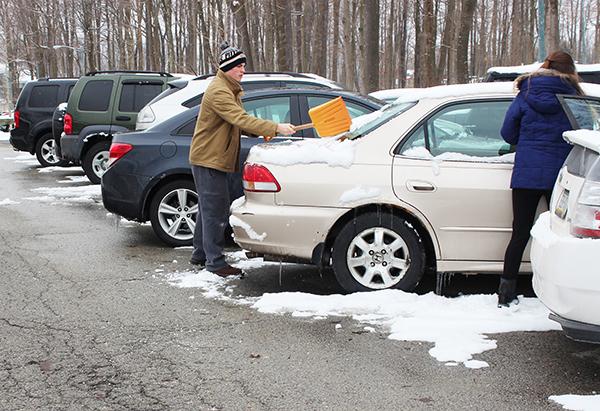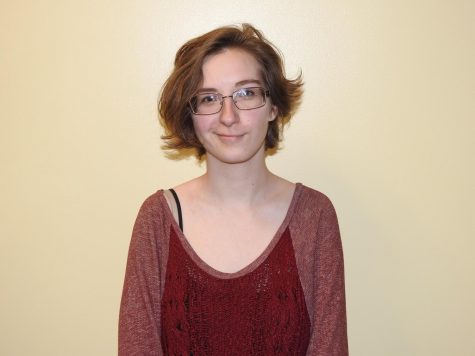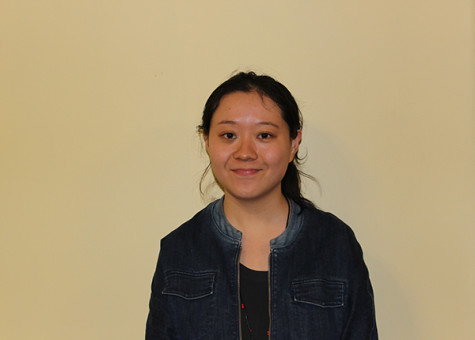Misplaced spots studied

Junior Bradley Springer and non-student Heather Walker clean off a car at the North lodges’ parking lot.
February 1, 2017
Since 2001, civil engineering professor Maher Murad has taught a fall Transportation course and lab in which groups of students survey campus parking lots, according to Civil Engineering Department Chair Andy Rose.
Murad said 10 groups of students completed these two-week studies last fall, each surveying a different lot on campus.
Senior Cody Brown said that his group studied the lower townhouse parking lot.
“Our parking lot study consisted of counting the cars currently parked and each empty spot in the parking lot. The study is meant to determine if the parking lot meets the capacity for which it was designed.
“By counting the number of unused spaces and each new car at hour intervals, it allows for the calculating of peak usage.”
Brown said that the lot showed signs of heavy usage. By the time an hour had passed, any empty spots noted during the previous observation had been filled, he said.
“This means it is heavily occupied and could stand some enlarging.”
Murad said that students analyzed the lots for operation and capacity. They were to note both soft solutions, such as introducing more entrances and exits or ameliorating circulation, and possible design changes, like angling parking spaces rather than including solely 90 degree options.
Commuter Patrick Stahl recommended repainting lines between spaces.
“In the Krebs lot, when the road is glistening, you can’t see the lines until you’re right on top of them,” said Stahl.
“This is especially a problem now that it’s snowy out.”
Murad said that if the problem is with capacity rather than with congestion, it is an attractive lot. He noted the differences between campus parking and commercial parking.
“We come to stay. Our cars don’t move during the day. The duration is long. It’s worse for students because their car might not move for days.”
Murad said the solution to long-term parking leans more toward looking for more spaces.
“In commercial parking, people go in and out. A single space might be used 10 times a day. Here, that’s not the case.
“Students are still having problems. For faculty and staff, it’s still manageable. It depends on location.”
Murad noted the main lot for the Living/Learning Center is almost always full, while the two across the street from it are not as bad.
“Students don’t want to walk that far.”
Murad said that, when parking on campus is viewed as a whole, there are enough spaces, but that some lots are underused while others are constantly at full capacity.
“I am one of those advocates for administration to look at ways to improve parking.”
Murad said, for him, the parking studies project is for educational purposes, and that he has never approached administrators. He said that they could look at some student ideas on how to improve parking for free, and it would be a benefit.
Brown agreed.
“I believe we have enough (spots) to meet capacity, but there are not enough in certain areas. For instance, the freshmen and townhouse lots are always full.
“Many people have been saying this for years. If we can’t find spots there, we have to park all the way at the Sports Center, which can be a long walk in the snow for most of the people in the townhouses.”
Brown said that administrators using student studies could work.
“Overall, we just need more spots for center campus instead of all the way out front.”
Junior Rudy Gleixner took Murad’s transportation course during the fall, studied a faculty and staff lot and also completed a study of the townhouse and Wellness Center lot for a technical writing class.
“The staff lots (showed issues) sometimes, but not all the time. But, running the numbers on the townhouse lots, it’s a big problem.”
Gleixner said he would be willing to use his project and paper to prove that there is a parking problem.
“Administrators have a lot they should do regarding parking for the people who live on campus,” he said.


